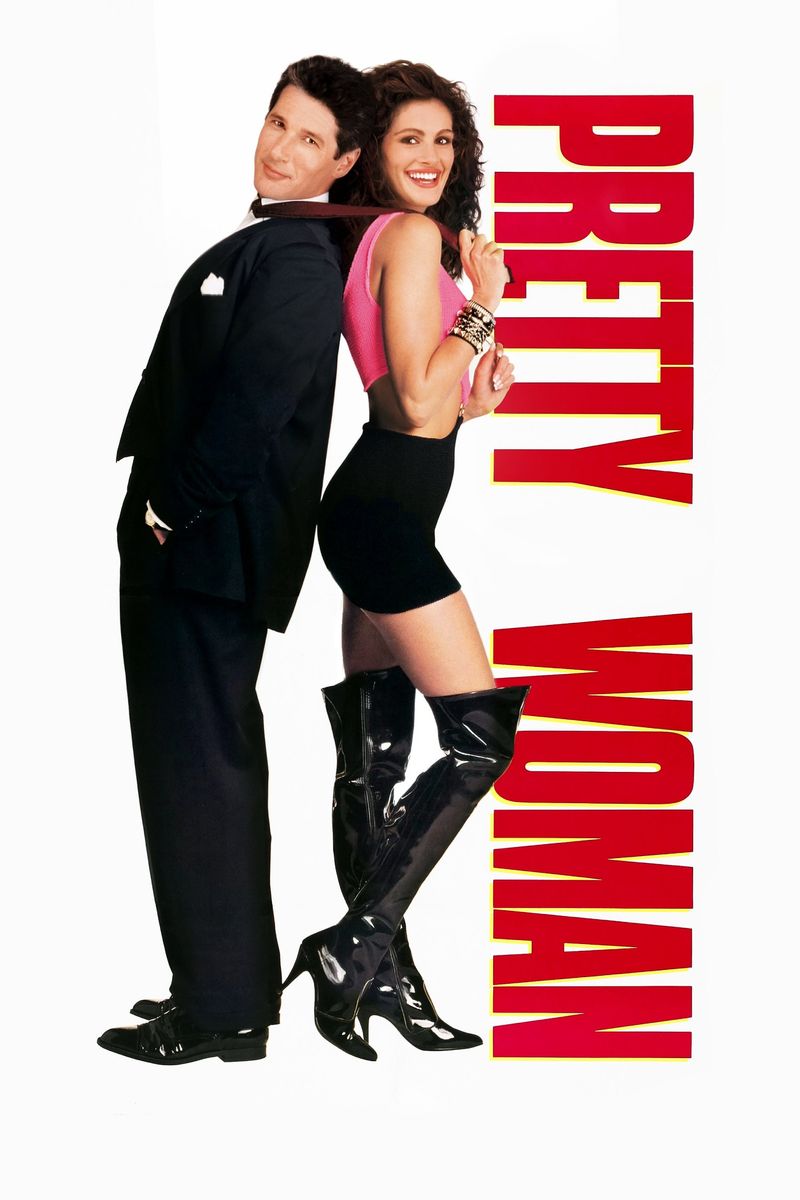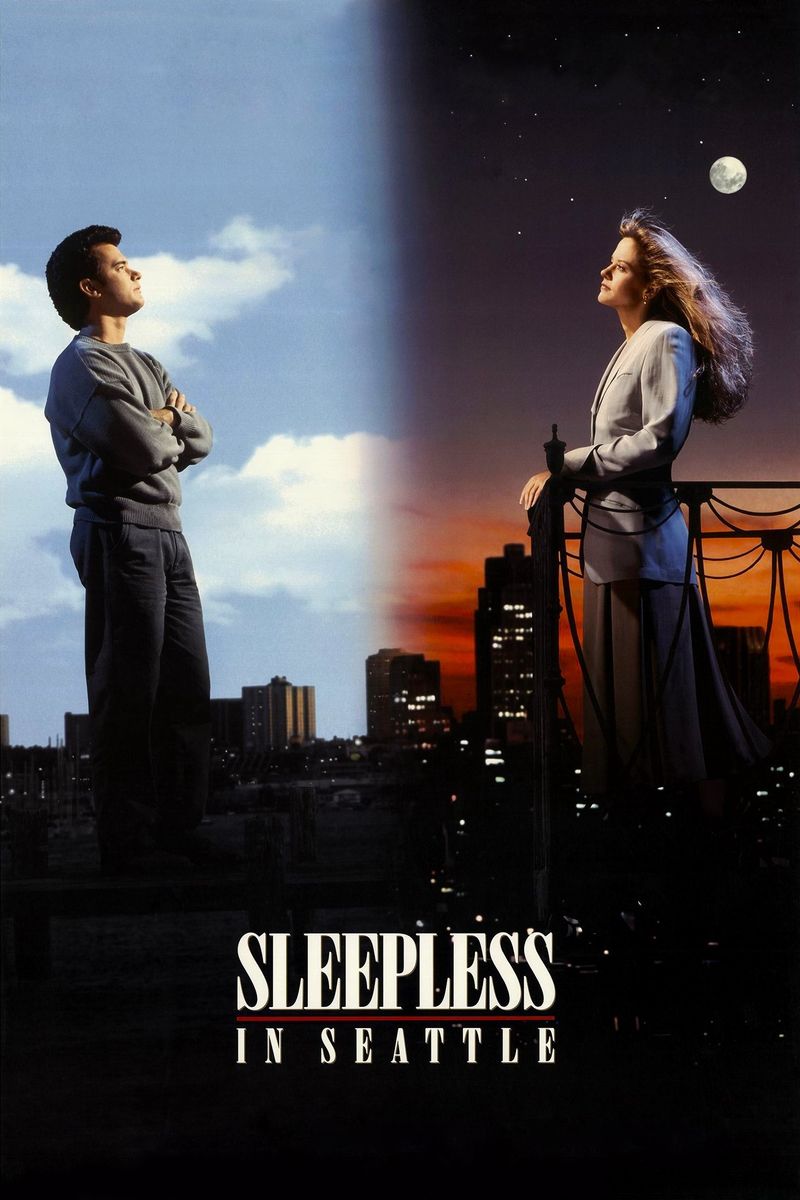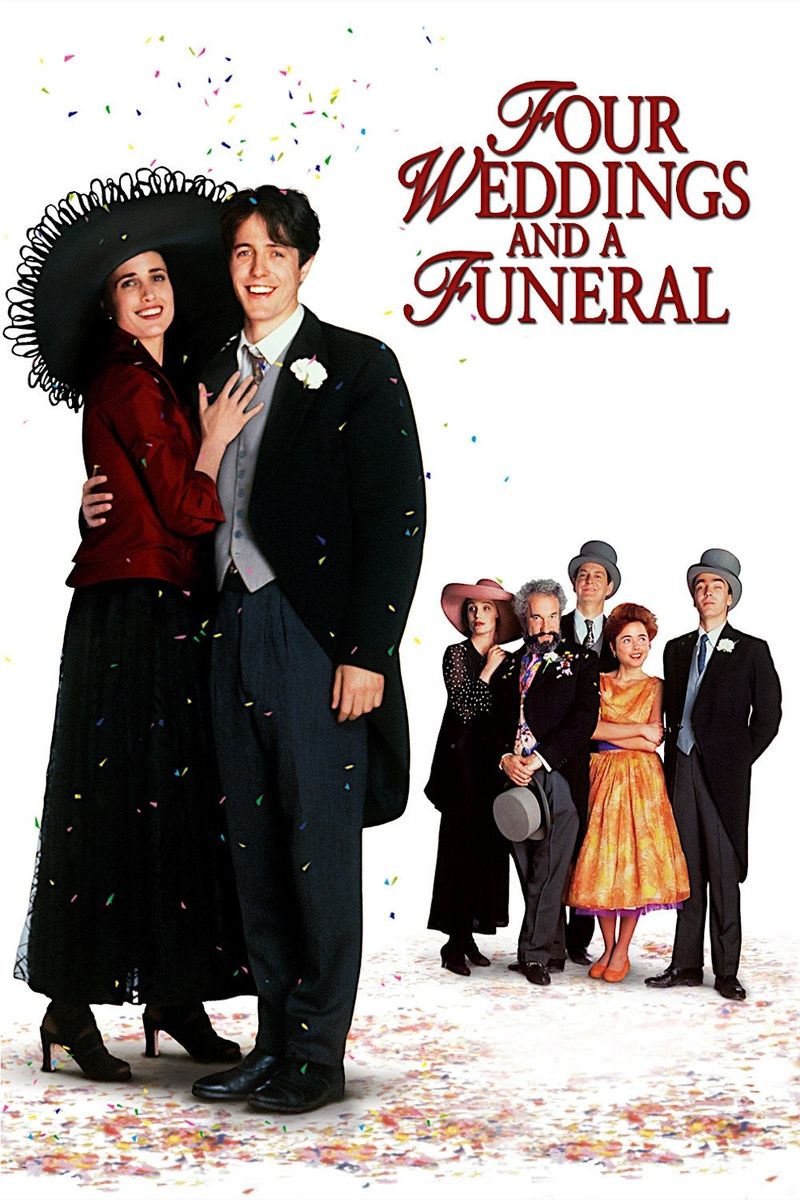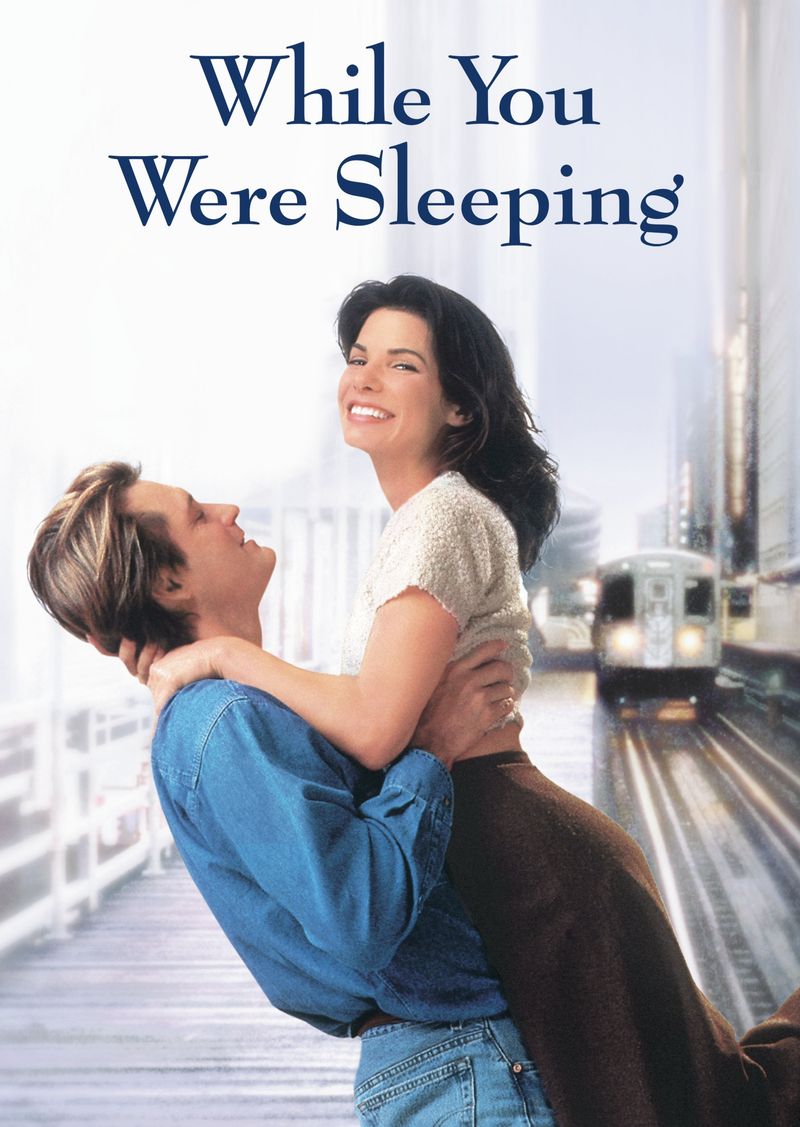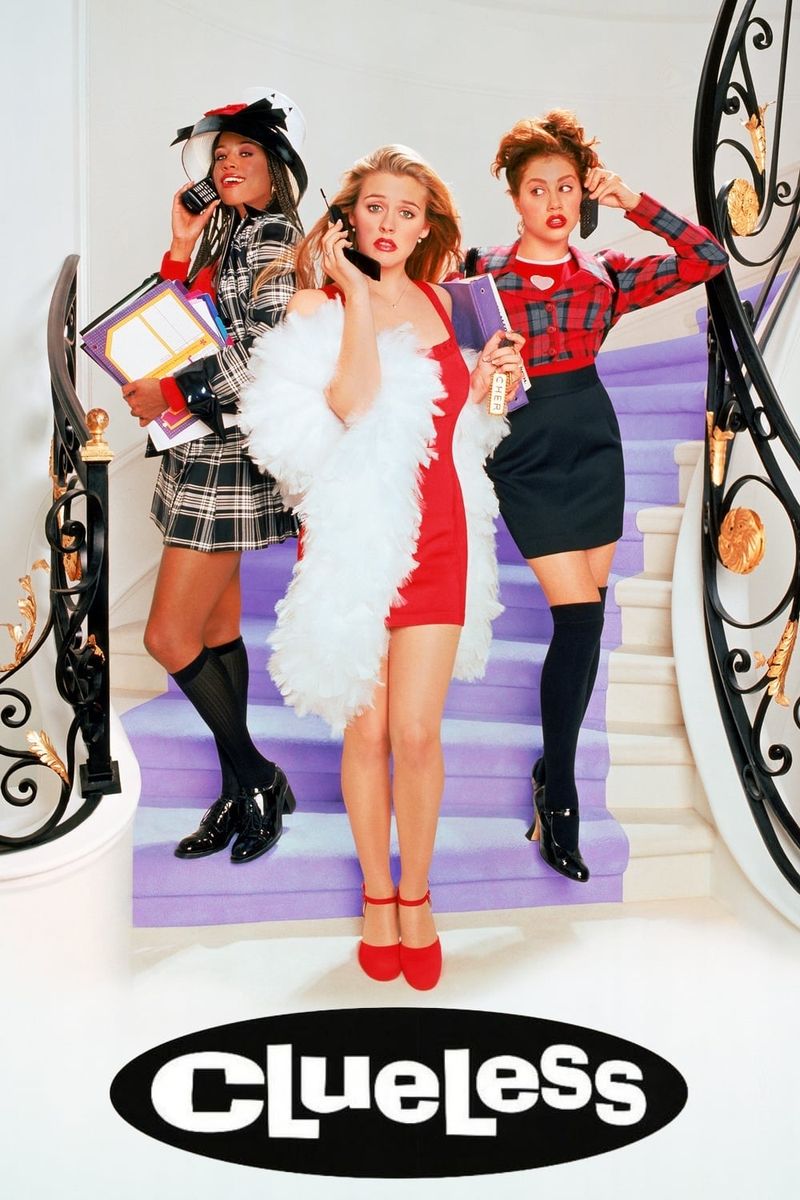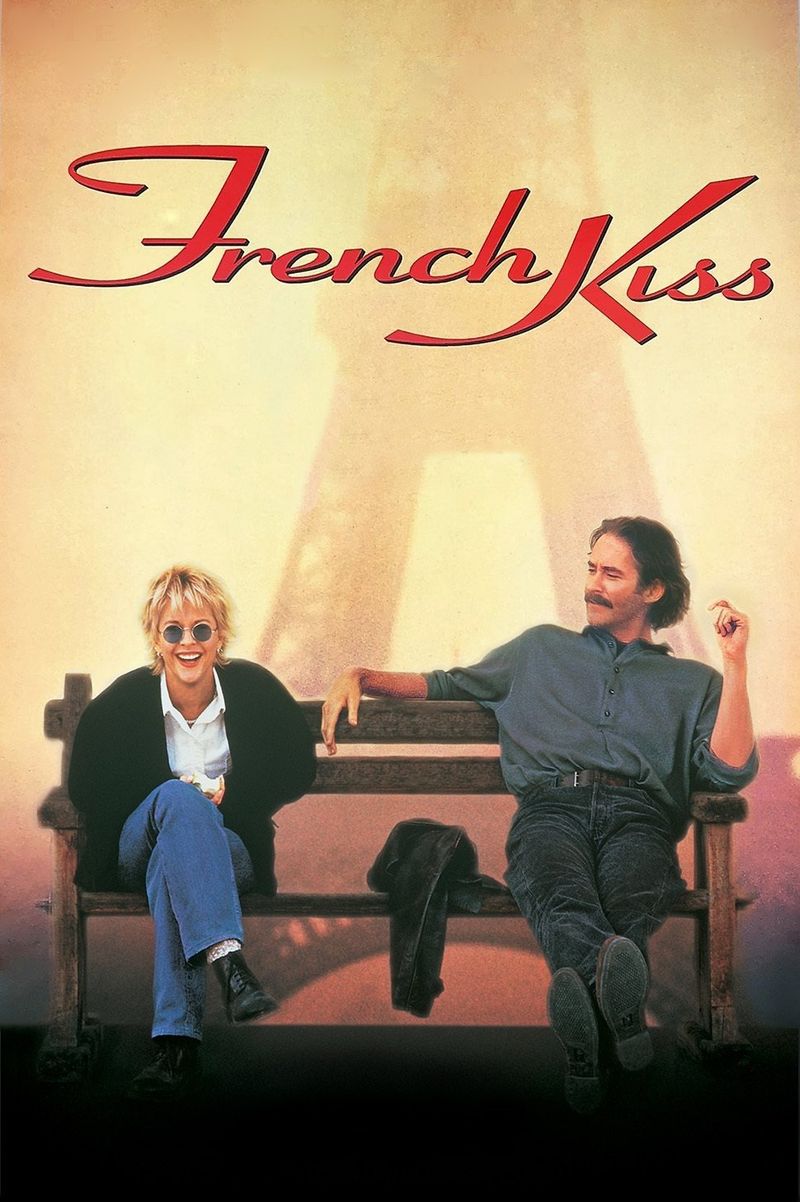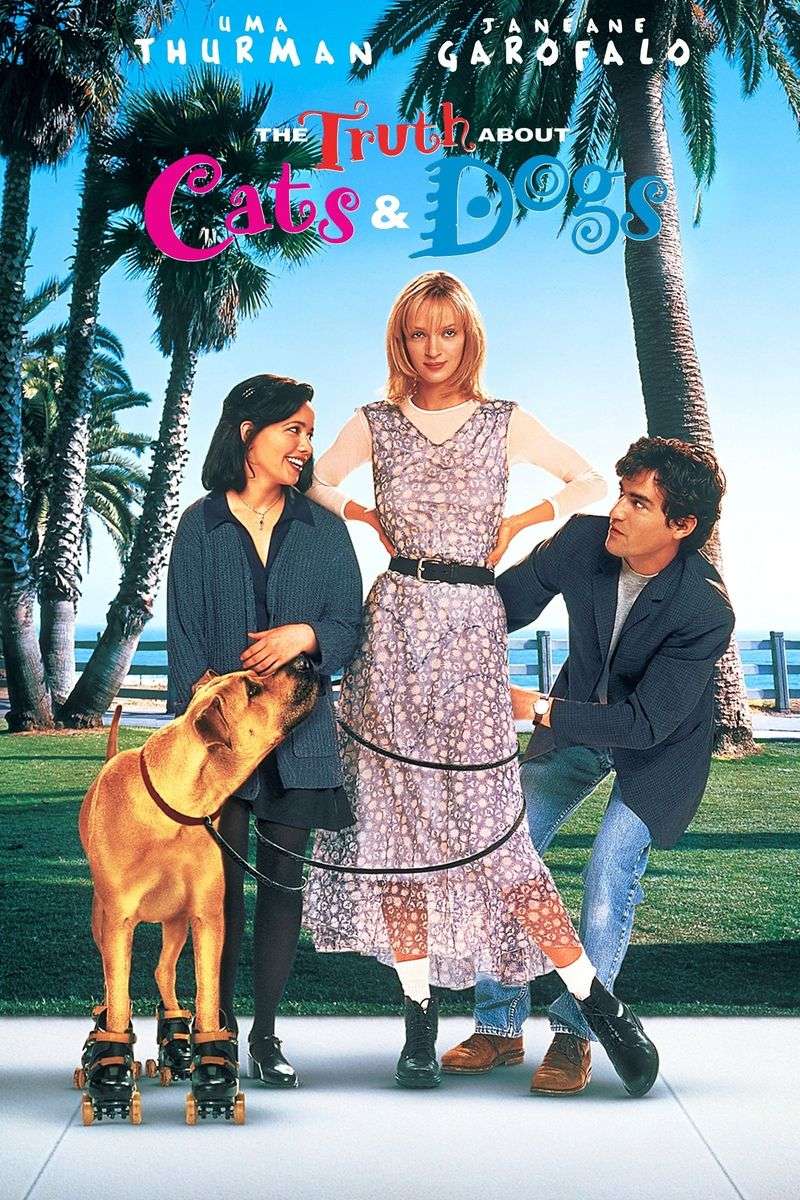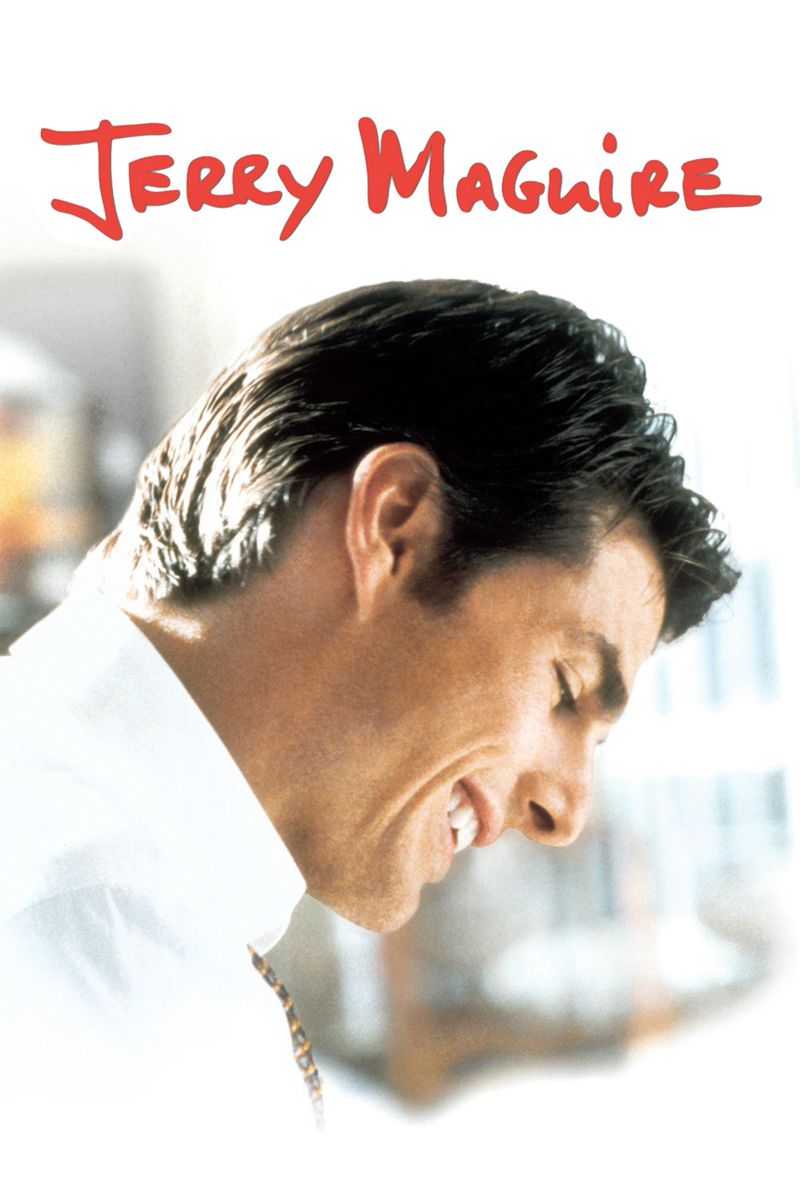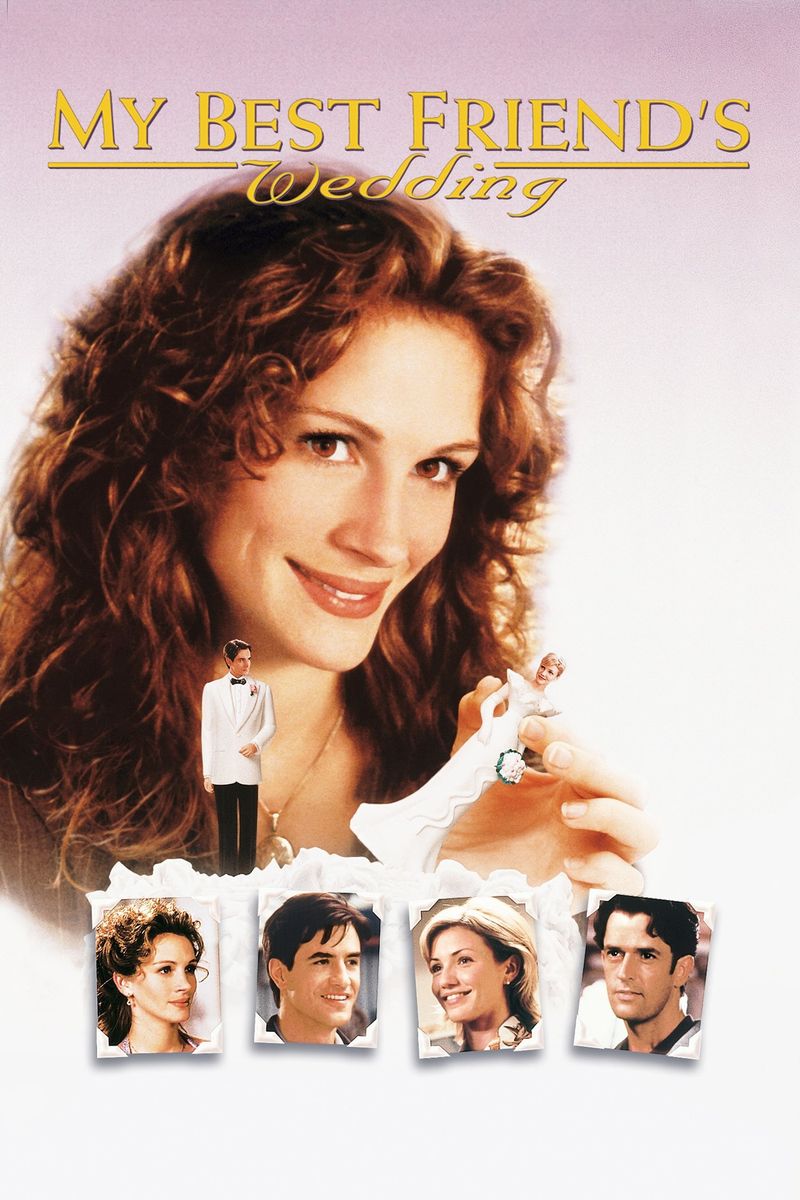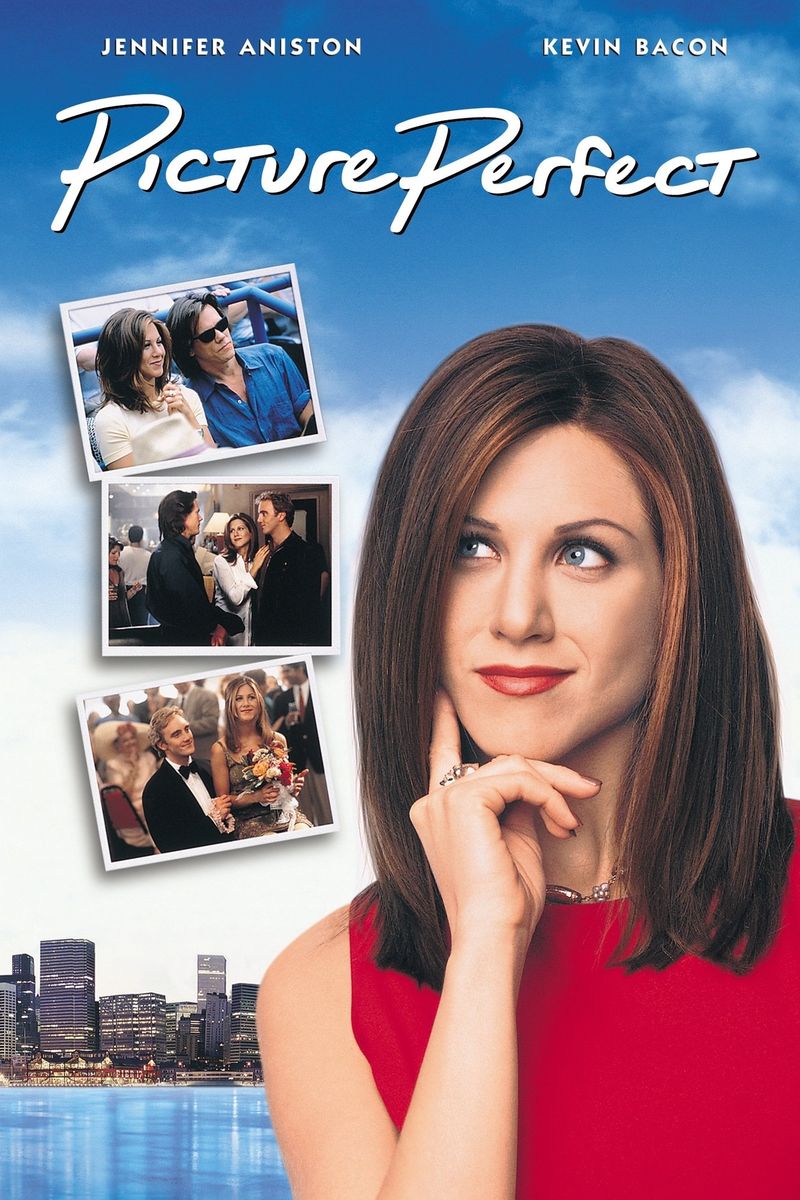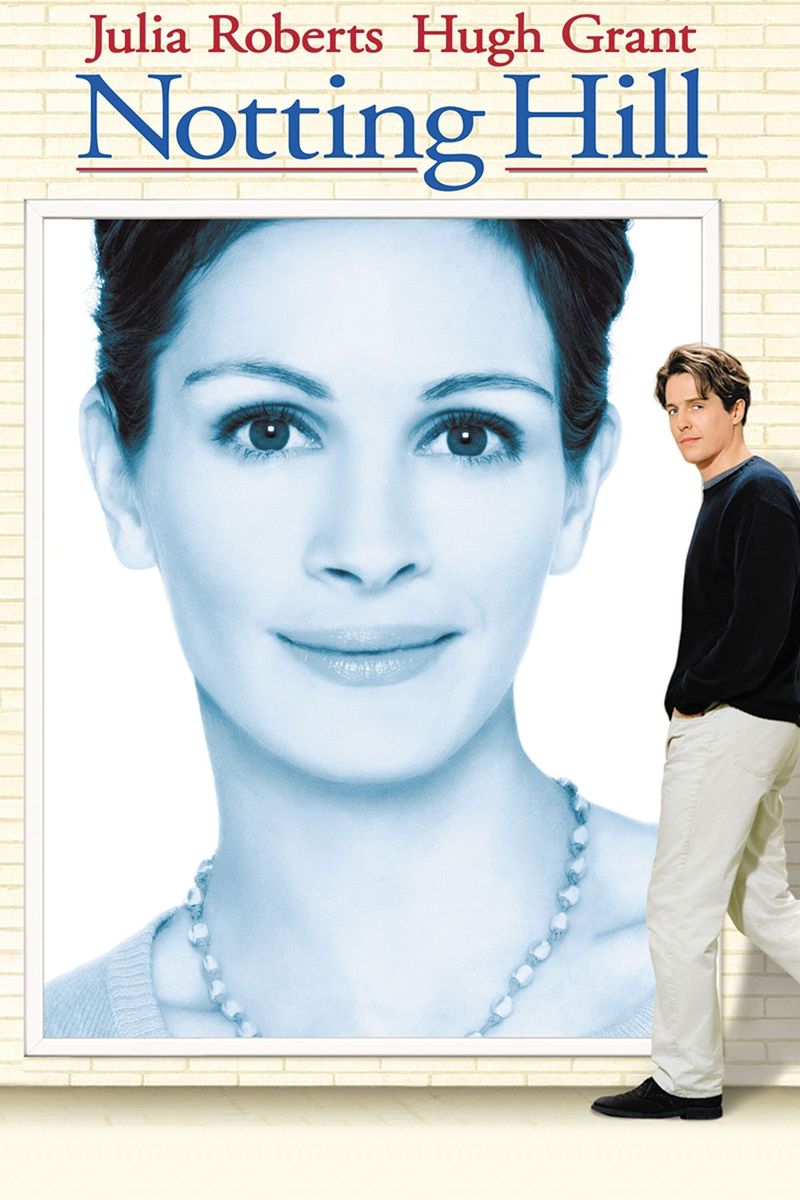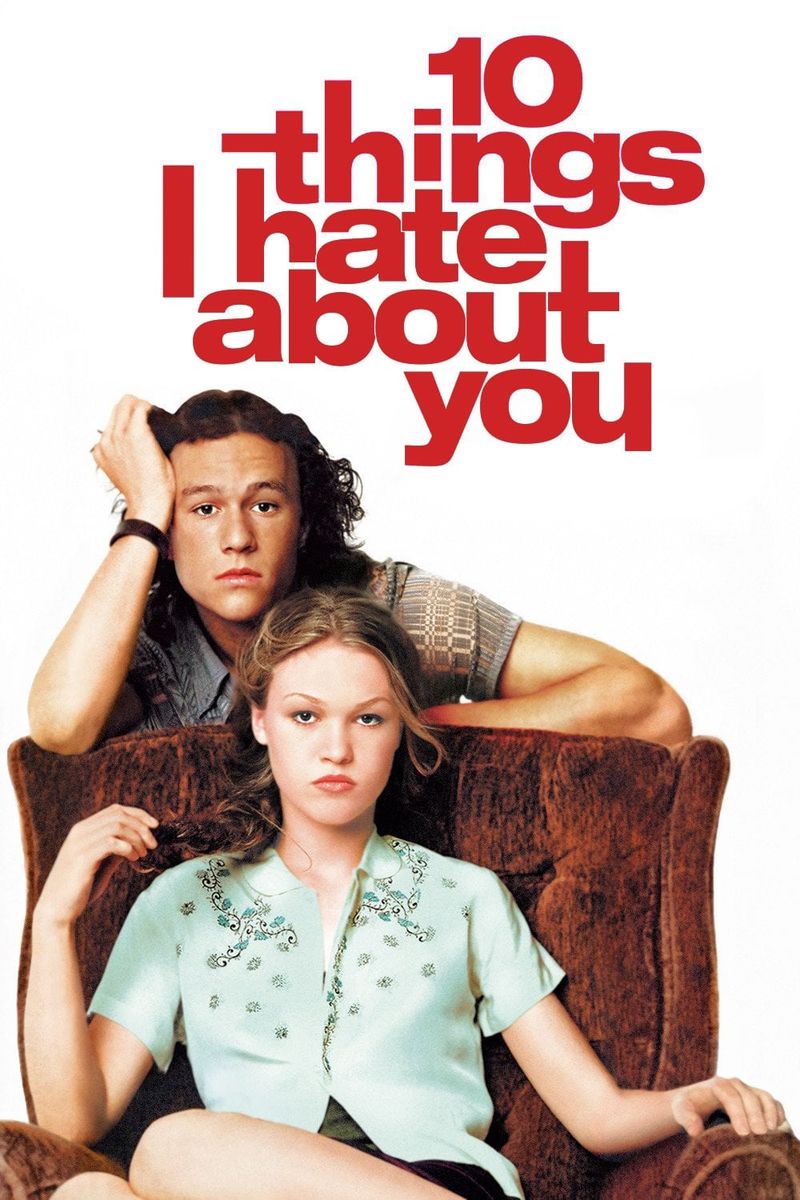The 1990s gave us some of the most unforgettable romantic comedies ever made. These films captured the decade’s unique cultural moments – from dial-up internet and answering machines to fashion trends we still cringe about today. Looking back, many of these beloved movies simply couldn’t exist in any other era, making them perfect time capsules of ’90s romance, technology, and social dynamics.
1. Pretty Woman (1990): A Cinderella Story with Designer Labels
Before the internet made everyone an instant fashion expert, this movie turned shopping on Rodeo Drive into the ultimate fantasy experience. Julia Roberts’ transformation from streetwalker to sophisticated lady captivated audiences in a way that feels uniquely pre-social media.
The film’s glamorization of sex work and wealth would face much more scrutiny today. Richard Gere’s powerful businessman character would likely be viewed as problematic rather than charming in modern rom-coms.
With its big hair, shoulder pads, and pre-cellphone plot points, Pretty Woman remains firmly planted in its 1990 release year – a fantasy that worked because we didn’t overthink it.
2. Sleepless in Seattle (1993): When Long-Distance Romance Required Radio Waves
Imagine falling in love with someone’s voice on the radio, then orchestrating an elaborate cross-country meeting without texting or social media. That’s the premise that made this film magical in 1993 and nearly impossible today.
Meg Ryan’s character stalks Tom Hanks in ways that would trigger serious red flags now. She investigates his life, flies across the country, and even watches his house from afar – behavior that seemed romantic then but would likely result in a restraining order today.
The film’s climactic Empire State Building meeting relied on timing that would be instantly ruined by a simple “running late” text message.
3. Four Weddings and a Funeral (1994): British Charm Before Bridget Jones
Hugh Grant stammering his way through awkward social situations became a rom-com staple after this film. His floppy-haired, bumbling Englishman persona defined an entire genre of British romantic comedies throughout the decade.
The movie’s relaxed pacing and character development feels distinctly pre-internet era. Today’s rom-coms rarely allow characters to develop gradually over multiple social gatherings without digital interactions between meetings.
Andie MacDowell’s famous line “Is it still raining? I hadn’t noticed” captures the earnest sentimentality that ’90s audiences embraced without irony – something that would likely be played for laughs in today’s more cynical romantic comedies.
4. While You Were Sleeping (1995): When Identity Theft Was Adorable
Sandra Bullock pretends to be the fiancée of a comatose man she’s never actually met, and somehow we all found it charming rather than criminal. The entire plot hinges on hospital security practices that would never fly in today’s privacy-conscious medical environment.
Family members simply take her word for who she is without checking social media or requesting proof. The film’s wholesome holiday setting and Bullock’s likability helped audiences overlook the troubling premise.
The movie celebrates a simpler time when misunderstandings couldn’t be cleared up with a quick Google search or background check – allowing the romantic deception to build into genuine feelings before the inevitable truth comes out.
5. Clueless (1995): Valley Girl Meets Jane Austen
Alicia Silverstone’s Cher Horowitz navigated high school social dynamics with her chunky cell phone and computerized closet – technology that seemed futuristic then but hilariously outdated now. Her slang-filled vocabulary became a cultural touchstone that defined ’90s teen speak.
The film’s fashion – from plaid skirt sets to knee-high socks – created trends that teenagers everywhere rushed to copy. These iconic looks continue to inspire nostalgic Halloween costumes decades later.
Most jarring to modern viewers is the romantic subplot between Cher and her former stepbrother. This relationship would likely be rewritten in any contemporary remake, showing how dramatically our cultural boundaries have shifted since the mid-’90s.
6. French Kiss (1995): When International Travel Had Mystery
Meg Ryan’s character hops on a plane to Paris without researching her destination, printing maps, or having any digital connection to home. Her spontaneous journey across France with a stranger (Kevin Kline) represents freedom that existed before smartphones tracked our every move.
The film’s plot depends on the difficulties of international communication in the ’90s. Today, a simple WhatsApp call would have prevented the entire premise – catching a cheating fiancé abroad.
Cultural misunderstandings and language barriers provide much of the comedy, reflecting a time when Americans traveled with less preparation and more wonder. The romanticized European adventure captures the excitement of being truly disconnected while traveling – something nearly impossible today.
7. The Truth About Cats & Dogs (1996): Catfishing Before It Had a Name
Radio veterinarian Abby (Janeane Garofalo) convinces her beautiful neighbor Noelle (Uma Thurman) to pretend to be her in person while she continues phone conversations with a man she likes. This deception only works in a world without Google Images, social media profiles, or video calls.
The film explores insecurities about physical appearance in a pre-Photoshop, pre-filter era. Its message about inner beauty versus outer appearance feels almost quaint compared to today’s complex body image discussions.
Remember when people actually talked for hours on landline phones? This movie showcases those marathon conversations where chemistry developed through voice alone – a connection that rarely happens in our text-dominated communication landscape.
8. Jerry Maguire (1996): When Sports Agents Had Soul
“Show me the money!” became the catchphrase of 1996, representing the film’s perfect balance between cynicism about corporate America and optimism about human connection. Tom Cruise’s sports agent character experiences a moral awakening that feels specific to the economic optimism of the ’90s.
Renée Zellweger’s character famously declares, “You had me at hello” – a line that would be immediately followed by an awkward text exchange in today’s world. Their romance develops through face-to-face interactions and one heartfelt mission statement distributed via physical mail.
The film’s exploration of authenticity in business relationships captured the ’90s corporate culture moment when casual Fridays were revolutionary and workplace dynamics were rapidly changing.
9. My Best Friend’s Wedding (1997): The Anti-Happily-Ever-After
Julia Roberts plays a food critic who realizes she loves her best friend only after he announces his engagement to someone else. Her sabotage attempts represent peak ’90s rom-com villainy – calculated yet somehow still endearing.
The film subverts expectations by not giving the protagonist her happy ending. This twist felt revolutionary in 1997 but would be considered standard fare in today’s more complex romantic comedies.
Remember the elaborate restaurant sing-along to “I Say A Little Prayer”? This spontaneous musical moment captures the exuberant spirit of ’90s filmmaking before cynicism made such scenes seem too cheesy. The movie’s use of landlines, answering machines, and airport payphones firmly plants it in pre-digital romance territory.
10. Picture Perfect (1997): Career Ambition Meets Fake Relationship
Jennifer Aniston’s character invents a fake engagement to get ahead at work – a premise that would immediately fall apart today with the most basic social media background check. Her advertising career portrayal captures the ’90s workplace perfectly, from boardroom sexism to the creative agency culture of the era.
The film reflects that specific moment when career women were expected to be both ambitious and traditionally marriage-minded. This tension created the central conflict that modern rom-coms would approach very differently.
Watch for the classic ’90s rom-com trope: the protagonist rushing across town to confess her true feelings. No texting “on my way” or checking traffic apps – just pure dramatic running through streets while emotionally significant music plays.
11. You’ve Got Mail (1998): When Online Dating Was Actually Scary
The distinctive sound of AOL’s “You’ve Got Mail” notification defined an era of internet innocence. Tom Hanks and Meg Ryan fall in love through anonymous email exchanges while being business rivals in real life – a premise that captures the wonder and novelty of early online communication.
Their independent bookstore versus corporate chain conflict perfectly encapsulates late ’90s economic anxieties. The film serves as a time capsule of Upper West Side Manhattan before chain stores completely transformed urban neighborhoods.
Modern viewers might be horrified by the characters’ casual approach to meeting someone from the internet. The film’s climactic reveal happens in a public park with no friends on standby or location sharing – something unthinkable in today’s dating safety protocols.
12. Notting Hill (1999): Celebrity Romance Before Social Media
A famous American actress (Julia Roberts) and an ordinary British bookshop owner (Hugh Grant) fall in love despite their different worlds. Their romance develops in relative privacy – a scenario impossible in today’s paparazzi and social media landscape where every celebrity sighting becomes trending news.
The film’s portrayal of fame feels almost quaint now. Roberts’ character can walk somewhat anonymously through London neighborhoods and have genuine private moments – freedoms today’s celebrities rarely experience.
Grant’s character lives with an eccentric roommate in a modest Notting Hill flat before the neighborhood became one of London’s most expensive areas. This economic reality grounds the film in a specific moment of late ’90s London that has completely vanished.
13. 10 Things I Hate About You (1999): Shakespeare Gets a Teenage Makeover
Heath Ledger singing “Can’t Take My Eyes Off You” with a high school marching band remains one of cinema’s most swoon-worthy moments. This grand gesture happened in an era before viral videos could turn romantic moments into memes – making it feel sincere rather than performative.
The film’s high school hierarchy feels distinctly pre-social media, with cliques defined by in-person interactions rather than online personas. Characters navigate teenage social dynamics through face-to-face conversations and passed notes instead of group texts and Instagram stories.
Julia Stiles’ feminist character Kat Stratford represented a new kind of teen movie heroine – one with political opinions and ambitions beyond finding a boyfriend. Her character helped bridge ’90s teen comedies to the more complex young adult stories that followed.

